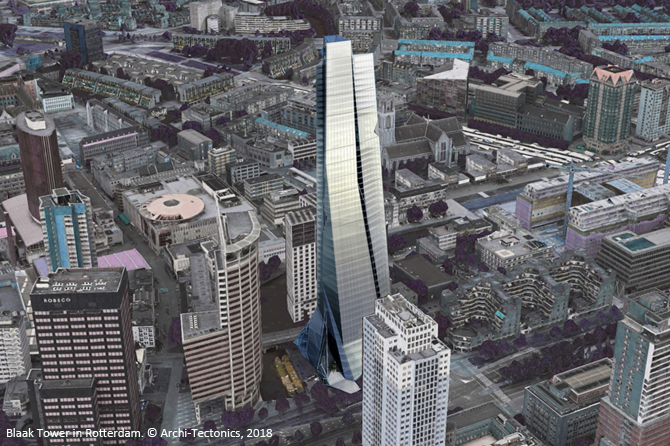Precision, Prototyping & Prefabrication
Don't Tell Me It Can't Be Done
Friday, 15 March 2019
On the occasion of the Aedes exhibition opening Flat Lands & Massive Things - From NL to NYC & Beyond by Archi-Tectonics / Winka Dubbeldam & Justin Korhammer, New York

PROGRAMME
Welcome
Hans-Jürgen Commerell, Director, ANCB The Aedes Metropolitan Laboratory, Berlin
Lecture
Winka Dubbeldam, Founder, Archi-Tectonics, New York
Statements by Manufacters
Alessandro Peisino, Marketing Manager, Abet Laminati, Italy
Davide Zampini, Global R&D and IP Management Head, CEMEX, Brügg, Switzerland
Panel Discussion
Winka Dubbeldam, Founder, Archi-Tectonics, New York
Justin Korhammer, Partner, Archi-Tectonics, New York
Alessandro Peisino, Marketing Manager, Abet Laminati, Italy
Bostjan Vuga, Architect, Sadar+Vuga Architects, Ljubljana
Davide Zampini, Global R&D and IP Management Head, CEMEX, Brügg, Switzerland
moderated by: Almut Grüntuch-Ernst, Architect, Grüntuch-Ernst Architects, Berlin
Front-Row Peer
s
Nicola Leonardi, Editor in Chief, The Plan Magazine, Bologna, Italy
Fulvio Serra, Archiglaze, Italy
Ana Zatezalo Schenk, Director of the AA Architectural Association Visiting School extended Programme; Founder of Sinestezia, Berlin
BACKGROUND
The lecture and discussion gave an insight into the methodology and creative cogitations of Archi-Tectonics, combining the use of latest digital technologies with philosophical approaches that made the office one of the leading teams in the field of research and innovative building design worldwide. 100 years ago, on 1 April 1919, the Bauhaus School for art, architecture, and design was established by Walter Gropius in Weimar. The Bauhaus wanted to combine crafts and the fine arts and had a profound influence upon subsequent developments in art, architecture, interior design, industrial design and graphic design. Only early in the 21st century the strong hold on minimal design started to change. With the introduction of 3D digital design shapes softened up and more organic concepts emerged. New smart materials got introduced, that are often composites, or hybrids. Digital design also introduced a new working model for fabrication and R&D; it gave the architects a chance to team up with manufacturers directly to develop new materials, new systems. That also means testing designs through proto-typing, a much more relevant decisionmaking tool leading to more in-depth developed designs. The focus is here on the process of precise development, not on the making of re-presentation models. In short, architects model to test and improve, to IN-form the design, not to RE-present the design. The focus is on performance over form, design intelligence over style. This approach is closer to industrial design, where high precision and the search for the perfect 'fit' is an essential tool of the innovative process, always also approaching the notion of invention.

